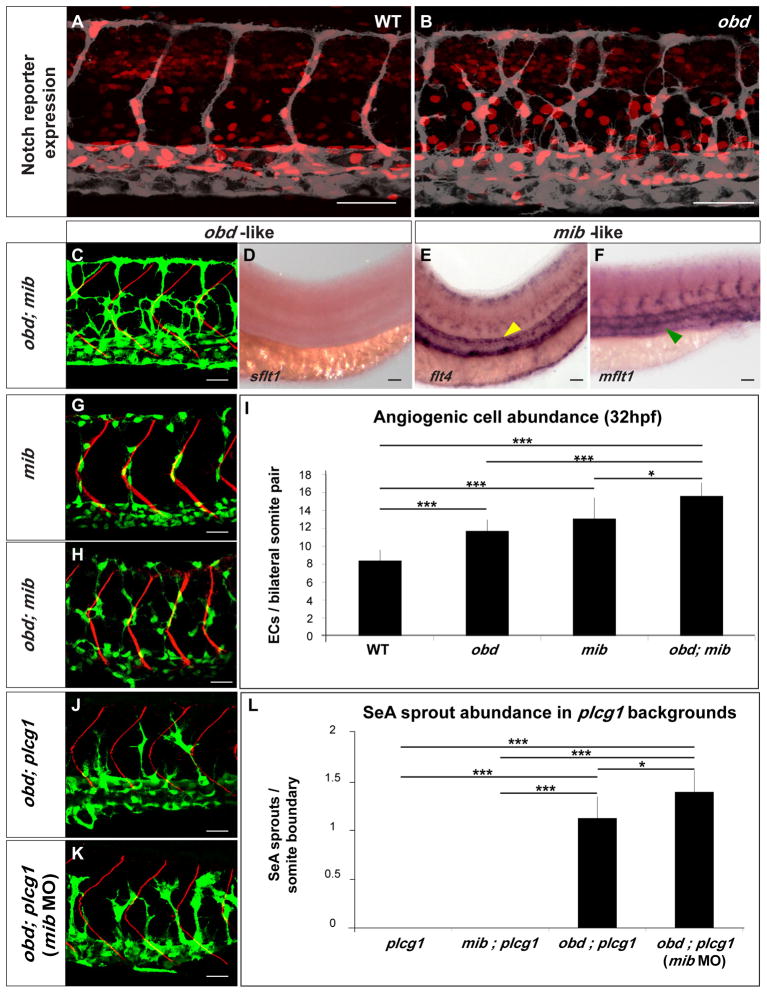Figure 6. Notch signaling loss does not phenocopy obd.
(A–B) Expression of Notch’s activity nuclear reporter Tg(Tp1bglob:hmgb1-mCherry)jh11 (red) in the endothelium (grey) of WT (A) and obd (B). (C–F) obd; mib. (C) Endothelium, green. SBs, red. (D–F) WISH with sflt1, flt4 and mflt1 riboprobes, as indicated. Double mutant phenotypes classed as obd-like (C–D) or mib-like (E–F) based on the mutant they resemble most. Note lack of sflt (as in Fig. 3G) and ectopic aortic flt4 (yellow arrowhead; as in Fig. S6A) and venous mflt1 stainings (green arrowhead, as in Fig. S6B). (G–I) Angiogenic cell abundance within the trunk’s arterial tree of WT, obd, mib (G) and obd; mib (H) in Tg(fli1:nEGFP)y7 embryos. (G–H) EC nuclei, green. SBs, red. (I) Quantification; n= 10 per genotype. (J–L) SeA sprout abundance in plcg, mib; plcg, obd; plcg (J) and obd; plcg embryos injected with 10 ng of mib MO (mib MO) (K). (J–K) Endothelium, green. SBs, red. (L) n = 8, 7, 11 and 9 for plcg, mib; plcg, obd; plcg and obd; plcg (mib MO), respectively. Scale bars: 50 μm (A–B, D–F), 30 μm (C, G–H, J–K). (I, L) *p <0.05, ***p < 0.001. Error bars: s.e.m. (A–F, G–H, J–K) Anterior, left; dorsal, up. Trunk images and quantifications: 32 hpf (A–C, G–L), 28 hpf (D–F). See Figure S6.

